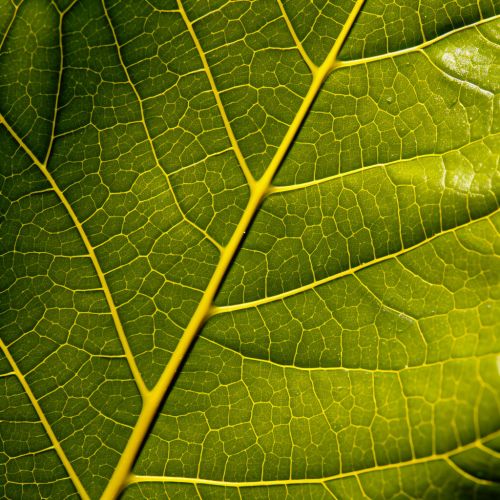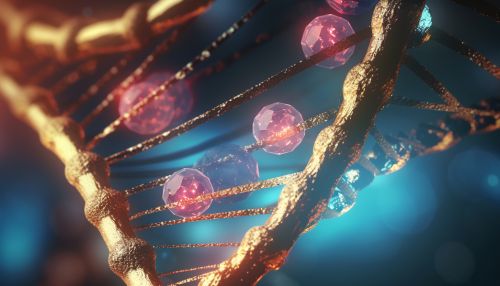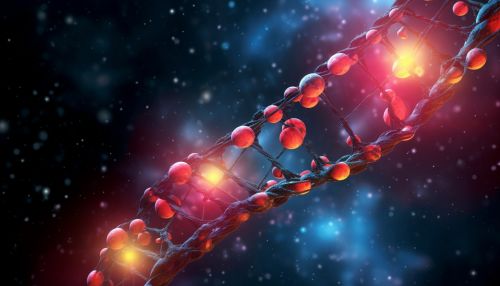Biological Mechanisms of Plant Response to Ultraviolet Radiation
Introduction
Plants, as autotrophic organisms, have evolved a variety of mechanisms to adapt to their environment. One such environmental factor is ultraviolet (UV) radiation, a component of sunlight that can have both beneficial and harmful effects on plant life. This article will delve into the biological mechanisms of plant response to UV radiation, exploring the complex interplay of physiological, biochemical, and genetic responses that enable plants to thrive under UV exposure.
UV Radiation and its Effects on Plants
Ultraviolet radiation is divided into three types based on wavelength: UVA (320-400 nm), UVB (280-320 nm), and UVC (200-280 nm). Of these, UVA and UVB reach the Earth's surface and can influence plant growth and development. UVC is mostly absorbed by the Earth's ozone layer and does not typically affect terrestrial plants.
UV radiation can cause direct and indirect damage to plant cells. Direct damage occurs when UV photons are absorbed by cellular components, leading to photodamage. Indirect damage results from the formation of reactive oxygen species (ROS) that can cause oxidative stress.
Physiological Responses
Plants have developed a range of physiological responses to cope with UV radiation. These include changes in leaf morphology, increased production of protective pigments, and alterations in the plant's life cycle.
Leaf Morphology
UV radiation can induce changes in leaf morphology, such as increased thickness and hairiness. These changes can help to scatter or absorb UV radiation, reducing its penetration into the leaf tissue.


Protective Pigments
Plants produce UV-absorbing pigments, such as flavonoids and anthocyanins, in response to UV exposure. These pigments can absorb UV radiation and prevent it from reaching sensitive cellular components.
Life Cycle Alterations
UV radiation can also affect the timing of flowering and seed germination in some plant species. This can be a strategy to avoid periods of high UV intensity.
Biochemical Responses
Biochemical responses to UV radiation involve the activation of various metabolic pathways that help to repair damage and protect the plant from further harm.
DNA Repair
UV radiation can cause damage to the plant's DNA. Plants have developed several DNA repair mechanisms, such as photoreactivation and nucleotide excision repair, to fix this damage.


Antioxidant Production
To combat the oxidative stress caused by ROS, plants increase the production of antioxidants. These molecules can neutralize ROS, preventing them from causing further damage.
Genetic Responses
Plants also respond to UV radiation at the genetic level. UV exposure can trigger changes in gene expression, leading to the production of proteins involved in UV protection and damage repair.
UV-Responsive Genes
Certain genes, known as UV-responsive genes, are activated in response to UV exposure. These genes encode for proteins involved in DNA repair, antioxidant production, and the synthesis of protective pigments.
Epigenetic Changes
UV radiation can also cause epigenetic changes, which are modifications to the DNA molecule that do not change the genetic sequence but can affect gene expression. These changes can be heritable and may play a role in plant adaptation to UV radiation.


Conclusion
Understanding the biological mechanisms of plant response to UV radiation is crucial for predicting how plants will respond to changes in UV levels due to factors such as ozone depletion and climate change. This knowledge can also inform strategies for crop improvement and protection, contributing to food security in a changing world.
